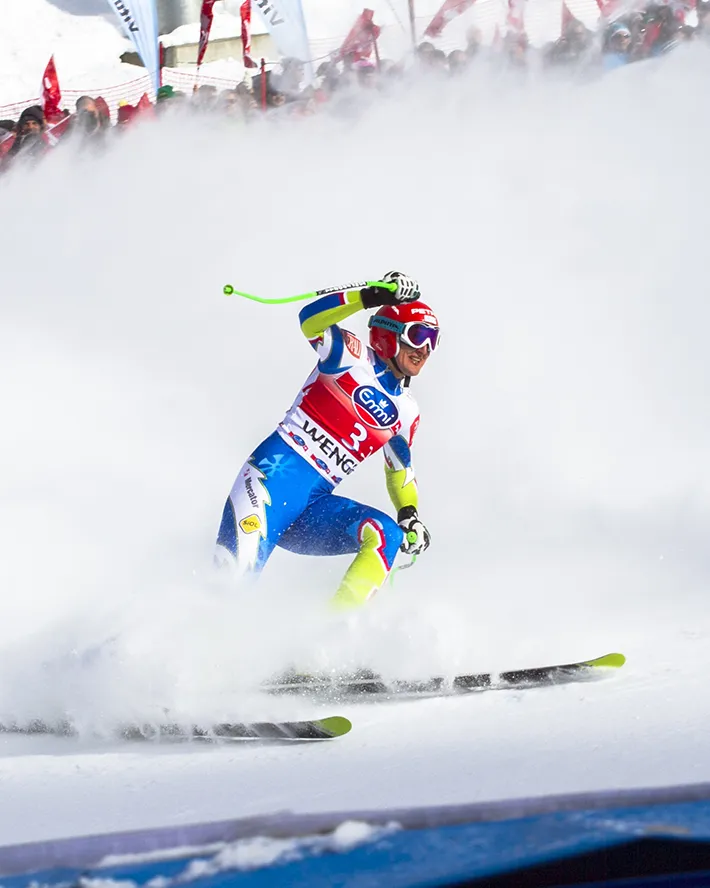Ski racing has a rich history dating back to the early 20th century, when the sport first began to gain popularity in Europe and North America. Over the years, many legendary ski racers have emerged, pushing the boundaries of what was thought to be possible and leaving a lasting impact on the sport. In this blog post, we will take a look at some of the pioneers who changed the game and helped shape the sport of ski racing into what it is today.
Review of Warren Smith Ski Academy Indoor Course
Now that a fairly epic winter is coming to an end, you might be thinking about putting your skis away until next year. But you don't have to! Summer is a great time for working on your ski technique, so you can really hit the next ski season running. We're lucky in the UK to be well served with a good range of outdoor dry slopes, which are pretty good value for money. Those of you who follow this blog regularly will know that I'm a big fan of using dry ski slopes, but I appreciate that not everyone is. In that case, why not look into brushing up your technique with a one-day course at an indoor snow slope? These are now run by a few companies, but last summer I went on one run by the Warren Smith Ski Academy and I thought you might be interested in how I got on. These are the basic facts:
- What: Warren Smith Ski Academy Indoor Ski Course
- Where: Hemel Snowcentre
- When: May 2017
- Cost: £139 (current cost)
- Hours: 10am-4pm
- Instructor: Andy Bennett
The overall structure of the day is to arrive and get suited and booted for a 10am start. We then skied until about 12.30, had roughly 45 minutes for lunch, and then hit the slope again until the close of the course at 4pm. For those of you who aren't familiar with the Hemel slope, it's about 160m long and served by two button tows. This means that you're on your feet for about 5 hours during the day, so a reasonable level of fitness is needed, although nothing above the general fitness you'd need for a week's ski holiday. This is stating the obvious, but the snowdome interior is cold (I think a steady -2 or -3 degrees), so you need your full winter gear.
The course has a maximum of 8 participants, and my course had quite a mixed group in terms of ability, ranging from people who had skied for only a few weeks, through to much more experienced skiers. This can be quite a challenge for an instructor, but I thought that our instructor Andy handled this really well, by setting a basic drill for the group, but varying the difficulty level for individual participants- for example, if the basic task was to develop weighting the outside leg by lifting the inside ski, for less experienced members of the group this could involve lifting the inside ski just at the end of the turn, while for more experienced skiers the ski was lifted throughout the whole turn arc. There was good feedback on performance throughout the course, sometimes with the use of video. I liked the clear and logical progression of the drills that were set- these started with drills for stance width, then went on to drills for knee and hip angulation, upper and lower body separation and finally putting together the elements of technique that had been worked on, while thinking about turn shape and rhythm and good use of terrain. You might think that you'd get bored skiing on a 160m long slope for 5 hours- I'm sure this is true if you're just free skiing, but practicing the varying drills meant that the time flew buy.
Did I have any criticisms? Not really with the instructional element, but the one downside was that the ski slope was very busy (it was a Saturday) and I saw a couple of collisions and was involved in one myself. This was mostly a problem in the morning, when there were quite a few Snowcentre lesson groups also on the slope, as well as general free skiers. So if I was going again, I think I'd avoid a Saturday and perhaps book later in the summer, when I understand that the slope is quieter. Taken as a whole though, this was a very enjoyable day and I'd recommend it.


